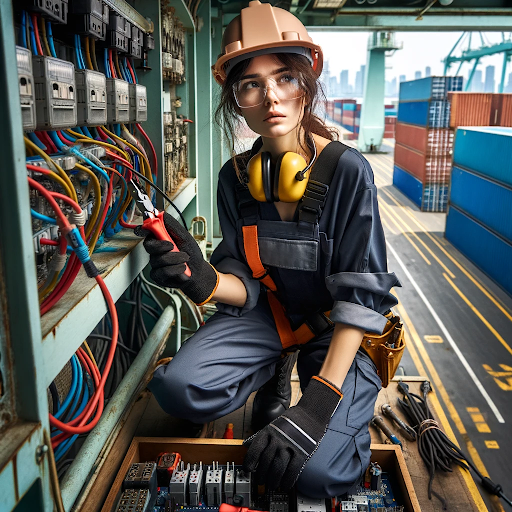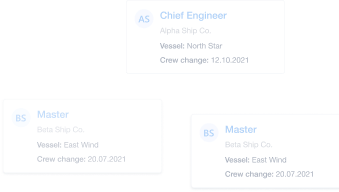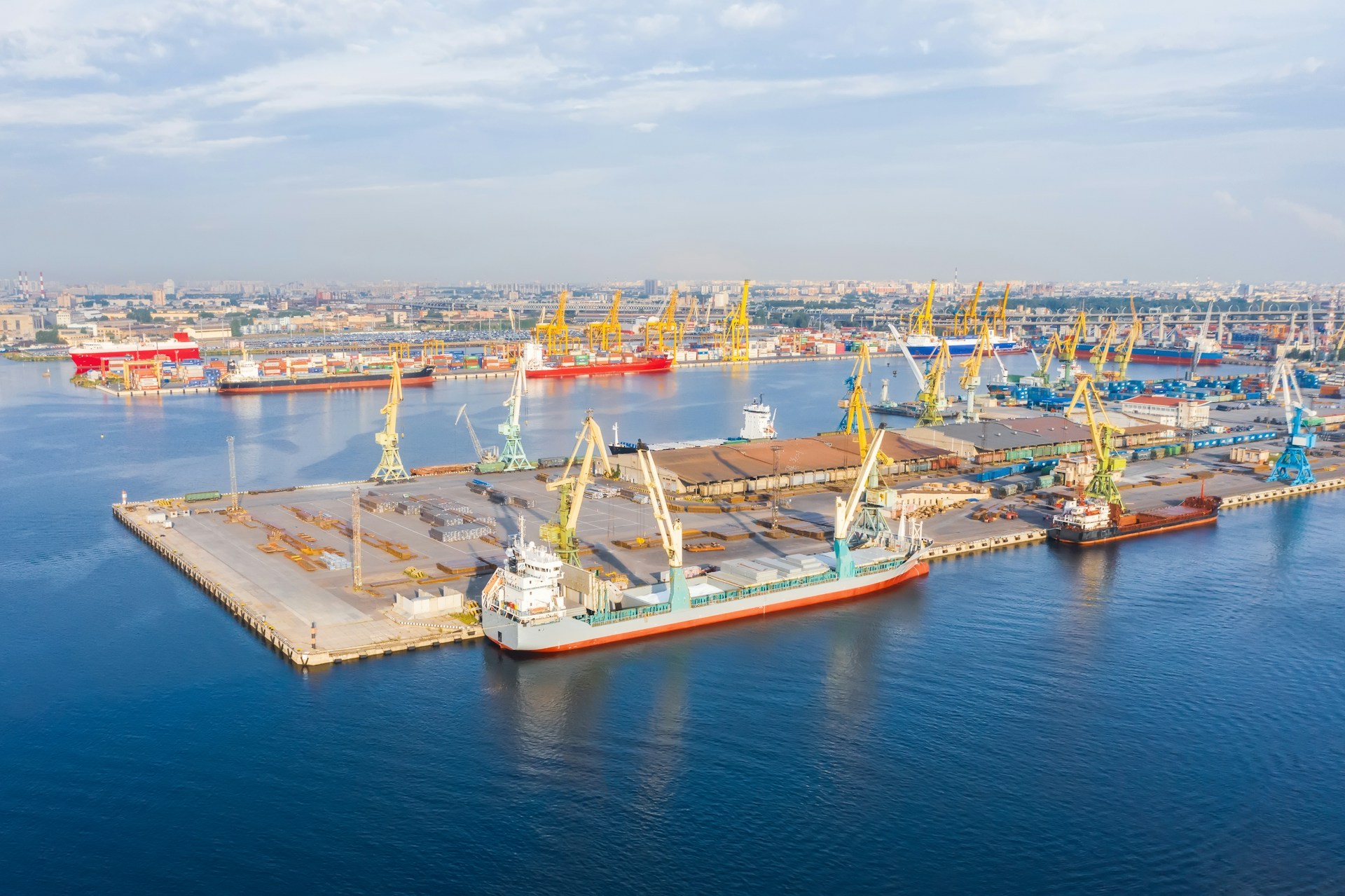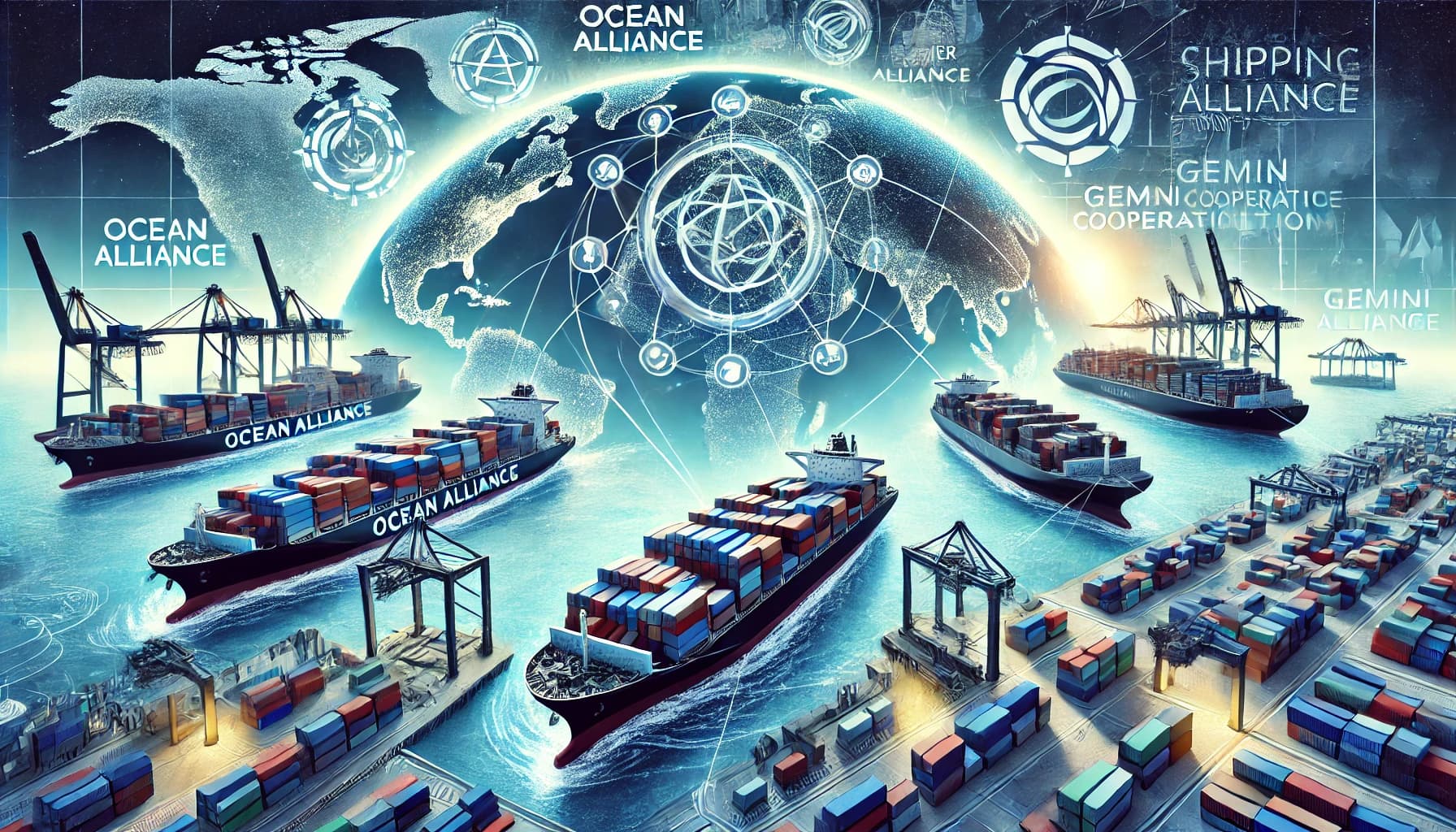Image Courtesy of the IMO #MaritimeWomenPhotoShare Campaign
March 8th was International Women’s Day which got us thinking about the roles women play, within the maritime industry. We’ve looked at how to encourage more women to work at sea before but we thought it would be a good time to dive into some facts and stats and see what’s changed recently for women in maritime.
What is the International Women’s Day 2023 theme?
As with the Day of the Seafarer and World Maritime Day, International Women’s Day has a theme. This year is is #EmbraceEquity, and as the campaign says:
“Equity isn't just a nice-to-have, it's a must-have…A focus on gender equity needs to be part of every society's DNA”
So if International Women’s Day is about creating equity and equality for women in all industries and communities across the world, who is supporting women at sea, specifically?
Who is supporting women seafarers?
Is the sometimes-sluggish shipping industry finally changing its attitude with regards to female seafarers?
While there are many women (and men) who are working hard to encourage acceptance of more women working, not just in an executive level ashore, but also on vessels, could more be done?
Unsurprisingly, the answer is yes.
However, in a bid to promote inclusivity and make the concept of women working in seafarer jobs more commonplace and less unusual, the IMO Assembly has adopted a resolution proclaiming an International Day for Women in Maritime on May 18th each year.

Inaugurated in 2021, so with only a few years under its belt, the day was created to celebrate females working in the industry across all areas and both onshore and off.
Read more: Safe Horizons: Happy International Women in Maritime Day
The day is also designed to raise the profile of women working in maritime and to promote the recruitment, retention and sustained employment of women in the sector.
IMO Secretary-General Kitack Lim on women in maritime
The IMO’s Secretary-General, Kitack Lim said:
“There is still a gender imbalance in maritime – but times are changing. It is recognized that diversity in maritime benefits the entire sector. Women in maritime are working everywhere to support the transition to a decarbonized, digitalized and more sustainable future.
Let’s take this opportunity to celebrate the many women who are contributing to the future of maritime: maintaining an engine on a ship, running a company, drawing up a contract, surveying a vessel, or chairing an IMO committee meeting,”
But as Lim warns;
"While there is much to celebrate, there is also the need for more progress to be made."

IMO’s Women in Maritime Photo Share Campaign
In an additional attempt to increase visibility for women in shipping, the IMO also launched a photo sharing campaign back in 2020.
The goal is to normalize women working in positions in the sector, particularly on vessels and offshore.
After all, wouldn’t it be nice to see images of women working as seafarers including deckhands, oilers, engineers, officers and masters without even really noticing that they were female?
WISTA and the promotion of women in maritime
WISTA - the Women's International Shipping & Trading Association - is an international networking organization, with national chapters. Their mission is to attract and support women, at the management level in the maritime, trading and logistics sectors.
Tackling issues of inequality and the gender gap, assisting with personal development, and enabling women in maritime to effectively network, WISTA International and its country-specific associations aim to build a barrier-free workplace for women in shipping.
That’s great if you want to pursue an office-based career in the shipping industry, but what do the numbers look like if you’re female and thinking about working on a cargo ship?
Statistics you need to know about women working in maritime
- It is estimated that there are 1.2 million seafarers across the world
- Women make up 34% of the shore-based workforce in shipowning companies
- Women account for 29% of the overall workforce in the general industry
- Women account for 20% of the workforce of national maritime authorities in IMO Member States
- Female staff in search and rescue teams in national maritime authorities account for only 10% of the workforce
- Women seafarers make up just 2% of the crewing workforce - and this is predominantly in the cruise industry
- It is estimated that just 1.28% of STCW certified seafarers across the globe are women
However while the numbers might look a little bleak, there is still reason to be cautiously optimistic. And while women still only represent a tiny fraction of the global seafarer workforce, the trend is positive and more women are seeking careers at sea.

A 2021 report estimated that there were then 24,059 women seafarers. That’s still a drop in the ocean compared to the men. But consider that this is an almost 46% increase compared to the numbers in the same report conducted six years earlier in 2015.
What does the future for female seafarers look like?
“There is ample evidence that investing in women is the most effective way to lift communities, companies, and even countries. Countries with more gender equality have better economic growth.”
The IMO have also pledged to ‘drive diversity through data’ to create a more equal industry for all genders.
There’s undoubtedly a long way to go and there are still a number of reasons why so few women consider seafaring as a viable career option, but wouldn’t it be nice if this time next year for International Women’s Day, those figures and percentages showed a marked increase?
How Martide helps you find your next job at sea
At Martide our open maritime job vacancies are open to anyone who is qualified. Whether you’re looking for work on a container ship or have experience working on tankers or bulk carriers, we want to hear from you.
It’s easy (and free) to create a Martide seafarer profile. All you need to do then is to add your personal details and work experience and upload your documents.
You can then apply for any of our jobs on ships that you’re interested in, or wait until employers and manning agencies contact you directly.
We also have an (updated!) seafarer job mobile app, which makes it easy to look for cargo ship jobs while you’re on the move. Download the app today from Google Play or from the Apple App Store.
Sources:
- IMO-WISTA 2021 Women in Maritime Survey
- BIMCO-ICS 2021 Seafarer Workforce Report

Eve Church
Eve is Martide's content writer, publishing regular posts on everything from our maritime recruitment and crew planning software to life at sea. Eve has been writing professionally for more than two decades, crafting everything from SEO-focused blog posts and website landing pages to magazine articles and corporate whitepapers.
UK




